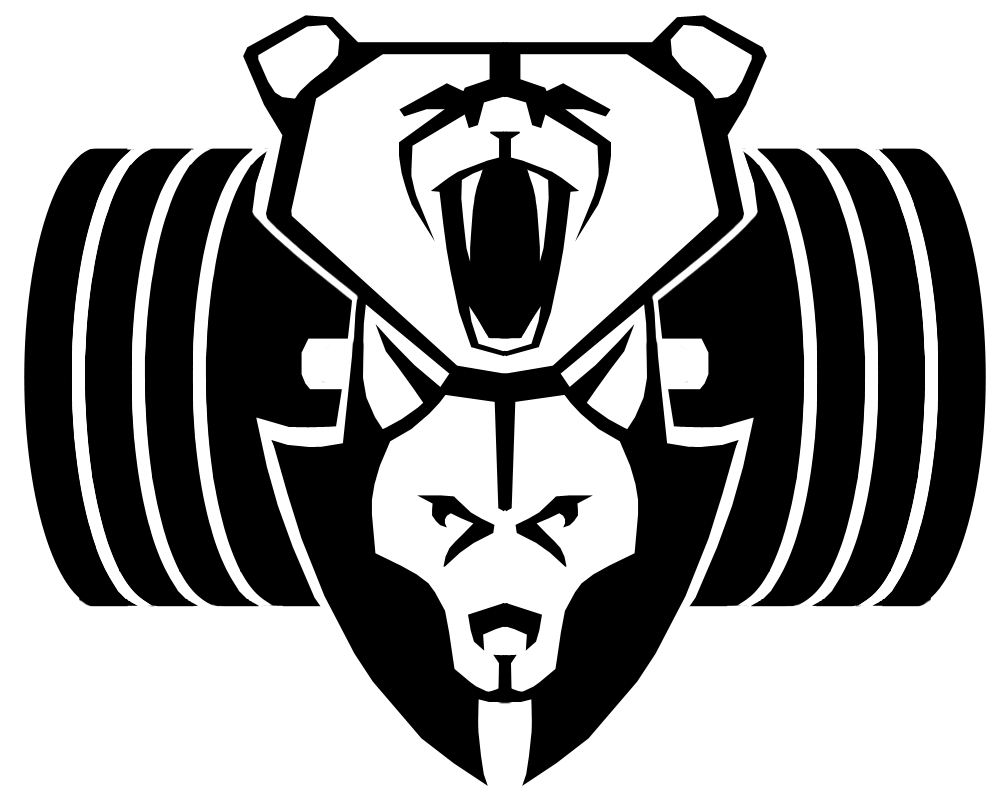SETTING UP FOR A LIFT
In order to be at your strongest, it's crucial that you set up correctly before lifting weight. A good set up puts you in the best possible position for a given exercise. The primary way it achieves this is that it will allow you to create tension.
Tension = Stability = Strength.
All of these cues are very subtle, so watch carefully and concentrate on getting tight.
All exercises that have your feet rooted on the ground, require the following cues.
1.) CREATE TORQUE
Torque is a fancy word for 'rotational force'. We are going to generate this force by 'screwing' our feet into the floor.
To do this, keep your toes pointing forwards throughout and try turning your knees outwards and squeezing your glutes. You will feel your legs get tighter and more stable.
2.) STABILISE YOUR MIDLINE
A tight midsection will allow you to maintain a good straight back.
Start by 'pinning your ribs down' as demonstrated in the video below. We are aiming to make the torso a single solid unit.
You are looking to push outwards with the front, back and sides of your core as if you were expecting to be hit in the gut.
Maintain this tension throughout the exercise to keep your back supported and mitigate the chance of injury.
3.) SET YOUR SHOULDERS
A solid shoulder position will once again create tension, and protect from injury.
Pin your shoulder blades back as if trying to pinch a pencil between them. Then set them down as far away from your ears (This will open up the 'pinch' a little, which is normal).
If you are struggling with this. Try holding onto a barbell to give your shoulders something to work with.
GRIPPING THE BAR
When gripping a bar, aim to screw your shoulders out as if trying to bend the bar around you. The inside of your elbow crease should almost be pointing forwards.
PALMS
FROM THE TOP DOWN
1. Overhand (Pronated) - The standard grip.
2. Underhand (Supinated) - Wrists turned outwards.
3. Mixed - This aids grip strength as it stops the bar 'rolling' out of your hands. Try to alternate each hands grip between sets to create balance. Establish your dominant grip for heavy lifting.
HAND WIDTH
FROM THE TOP DOWN
1. Neutral - Slightly wider than shoulder width. This is often the strongest grip for deadlifts and rowing exercises.
2. Close - Shoulder width. This will work the arms more.
2. Wide (Snatch Grip) - Your hands should be so wide that the bar will be in line with your hip crease. This will fire up more of the upper back.


